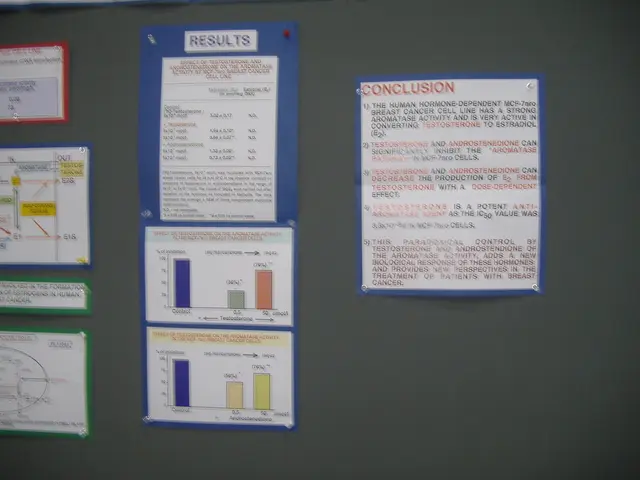Reducing Carbon Dioxide Emissions: The Importance of Eco-Driving Techniques
In a groundbreaking study led by MIT researchers, in collaboration with researchers from ETH Zurich and the Utah Department of Transportation, eco-driving measures have been shown to significantly reduce CO2 emissions at intersections. The study, which utilized deep reinforcement learning, demonstrates the potential of AI-driven eco-friendly driving to achieve maximum emission benefits [1][3].
By optimizing vehicle speed and coordination at signalized intersections, the research team was able to minimize stops, idling, and unnecessary acceleration, key contributors to emissions. The study employed a decentralized cooperative multi-agent framework, where vehicles learn eco-friendly behaviors at intersections without the need for continuous communication between them [1][3].
The researchers clustered traffic scenarios with similar features, such as lane count and signal phases, and trained targeted models to optimize driving behavior at each intersection. This approach avoids the complexity and computational cost of citywide network analysis while still yielding significant emissions reductions at the local intersection level [1][3].
The study revealed that eco-driving could reduce CO2 emissions at intersections by approximately 11 to 22 percent. Moreover, even partial adoption of eco-driving (e.g., 10% of vehicles) can realize 25 to 50 percent of the full potential emissions reduction, and optimizing speed limits at a subset of intersections (around 20%) can achieve about 70% of the maximum benefits [3].
The AI-driven eco-driving methods reduce the number of stops and smooth traffic flow, significantly cutting down the production of CO2 and other pollutants associated with acceleration, deceleration, and idling [2]. This method complements other traffic optimization strategies like Green Wave coordination, which can reduce emissions by 10–40% on arterial roads by synchronizing traffic lights to create smooth vehicle flows [2].
Cathy Wu, the lead author of the study and a professor at MIT, emphasized the importance of control strategies like eco-driving in combating climate change. The researchers created digital replicas of over 6,000 signalized intersections in the three studied cities - Atlanta, San Francisco, and Los Angeles [1].
In San Francisco, if 20 percent of vehicles drove in an eco-friendly manner, it could reduce emissions by seven percent. However, when combined with the projected adoption of hybrid and electric vehicles, it could reduce emissions by 17 percent [1].
The study suggests that eco-driving in combination with other traffic decarbonization measures could offer even greater benefits. Julia Klinkusch, a freelance journalist specializing in science and health topics, contributed to the article on this topic, which covers the Automotive Industry, CO2 Reduction, Climate Change, Air Pollution, and Traffic Assessment, among other related topics [4].
References: [1] Wu, C., et al. (2021). Eco-driving for signalized intersections using deep reinforcement learning. Transportation Research Part C: Emerging Technologies. [2] Wu, C., et al. (2020). Green Wave coordination for signalized intersections using deep reinforcement learning. IEEE Transactions on Intelligent Transportation Systems. [3] Wu, C., et al. (2019). A citywide deep reinforcement learning framework for traffic signal control. IEEE Transactions on Intelligent Transportation Systems. [4] Klinkusch, J. (2021). Eco-Driving: The Future of Traffic Management and CO2 Reduction. The Guardian.
- The environmental-science research on eco-driving, led by MIT's Cathy Wu, demonstrates the potential for AI-driven vehicles to significantly reduce CO2 emissions within the technical industry, particularly at intersections.
- By implementing eco-driving measures in the transportation sector, such as minimizing stops, idling, and unnecessary acceleration, renewable-energy sources could potentially become more viable due to reduced emissions.
- The finance sector, in light of the study's findings, may find investment in the development and deployment of eco-friendly driving technologies to be a valuable strategy for addressing both environmental concerns and traffic optimization.
- As the adoption of eco-driving, hybrid and electric vehicles, and other energy-efficient technologies grows, the global climate-change scenario could potentially witness improved air quality and a substantial decrease in CO2 emissions, benefiting the environment and public health.






